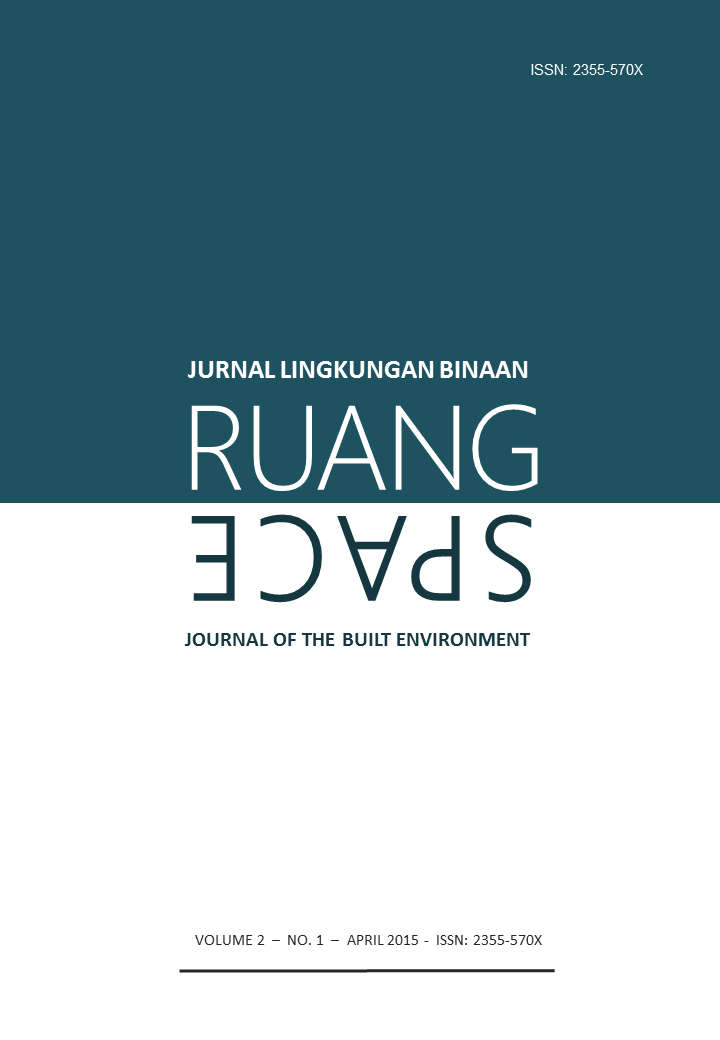EDITORIAL
Abstract
During my recent visit to Sydney (Australia), I was fascinated by the range of choices people have when it comes to using public open space. Not only are large green spaces readily available such as parks and golf courses, as well as pedestrianised and landscaped urban streets, but an entire hierarchy of space continues down to the provision of individual benches in small vest-pocket parks across the city, even at all bus stops. The sheer variety of activities catered for is immense. For example, if we take a cross section through the main road which encompasses Centennial Park, we have designated areas for pets, a cycle and skateboarding track, a unidirectional traffic system, a wide pedestrian pathway used for walking and running, a horse-riding track and then wide expanses of open space. In these areas other activities are then catered for – football, rugby, tennis, seating for conversation, picnic areas beside indigenous plants and trees, and bodies of water where wildlife such as fish and a great variety of bird life can be studied.
In addition, barbecue stands and seating areas are provided with appropriate collection of all waste, an activity that chimes with Australia’s multicultural population. Everything is properly regulated, laws are enforced, fines are allocated for infringements, and provision made for recycling all waste. The public is informed of the rule system at all gates into the park, and provision is made for a limited but adequate number of food outlets, coffee stalls, and one first class restaurant. Clean toilets are provided close to all entrances and these are respected by everyone. Of note is that no trash can be seen anywhere, despite the park being used by thousands of people on a daily basis.
All of this of course begins with five necessary features. First the consciousness of a public realm ensured by the state with access for all citizens. Second, a willingness by government to accommodate and maintain the scale and complexity of recreational activity, both active and passive, as a right, for the whole population – children, young and old people, individuals with disability and others. Third, a planning system whose primary function is to cater for these needs as a priority which overrides private sector encroachment into the public realm. Fourth, a public that insists on its rights to a public realm, and is prepared to enforce such rights by its own correct attitudes and behaviour. Finally there must be a guaranteed enforcement of public policy across the entire extent of spatial practices. While someone sleeping in a park beside a lake full of wild life in Sydney might seem meaningless, this is indeed not the case. It actually reflects an entire history of open space tradition-public parks.
The big question of course is why such a public space awareness and provision rarely occur in developing nations. Instead it often occurs when existing open space is converted to development, rather than being preserved or even improved both in scale and quality. One argument here is that the concept of a public realm has been weakly developed in countries that do not have a fully-fledged democratic history, i.e. most Asian Countries. The history of most developed countries e.g. the United States, Canada, Australia and the whole of Europe has been in majority driven by people's will and engagement. Thus the existence of "public space, i.e the polis in Greek" where ideas are generated; revolutionary actions are proposed; and necessary forms of future accomplishment are evolved, becomes ubiquitous.
In the case of Asian states however, existing public open space is often associated with past governance, i.e monarchy and dynasty. For example, Chinese garden associated with the emperor private use and then later to be granted public access as today. The remaining historical, social and cultural importance of such spatial forms often becomes a symbolic attribute easily disregarded by government in power in order to achieve economic goals either for personal gain, or in theory, for the good of the common people.
The current edition of Journal Ruang - Space presents 7 articles. The first article is authored by I Wayan Yudiartana, whose research aims at determining corporate environmental (CER) responsibilities along Kuta Beach (Bali) in relation to future forms of development, specifically the disposal of waste. The second article is written by Desak Made Sukma Widiyani and based on a study of problems pertaining to infrastructure in three different slums areas in the West Denpasar Regency. Still discusses slums settlements of Denpasar City, the third article is by Ayu Wadhanti. It focuses on typhlology of sites/areas that have a tendency to develop into informal settlements.
The fourth article is authored by Anak Agung Gede Raka Gunawarman. Taking a case study of a rock-cut Candi Gunung Kawi, it examines the proportion of a ''candi'' which is considered a sacred structure of Hindu-Budha's legacy in Indonesia. Next, the fifth article is authored by Nyoman Gema Endra Persada. It analyses a winning outcome of the revitalization of the Badung River in Denpasar. The development has indeed successfully created a public waterfront widely used for numerous recreational activities. The sixth article is by Kadek Wisnawa. It investigates the development of tanah pelaba pura, a form of communal land in Indonesia, for financial goals, a practice that is not in line with symbolic value such land holds. The last article of this edition is by I Gede Surya Darmawan. Taking a case study of Serangan, a reclaimed Island, the paper discusses the pattern of land use changes and underlining factors have caused it, before and after reclamation carried out by Bali Turtle Island Development (BTID).Downloads
Keywords
The copyright of the received article shall be assigned to the journal as the publisher of the journal. The intended copyright includes the right to publish the article in various forms (including reprints). The journal maintains the publishing rights to the published articles.



